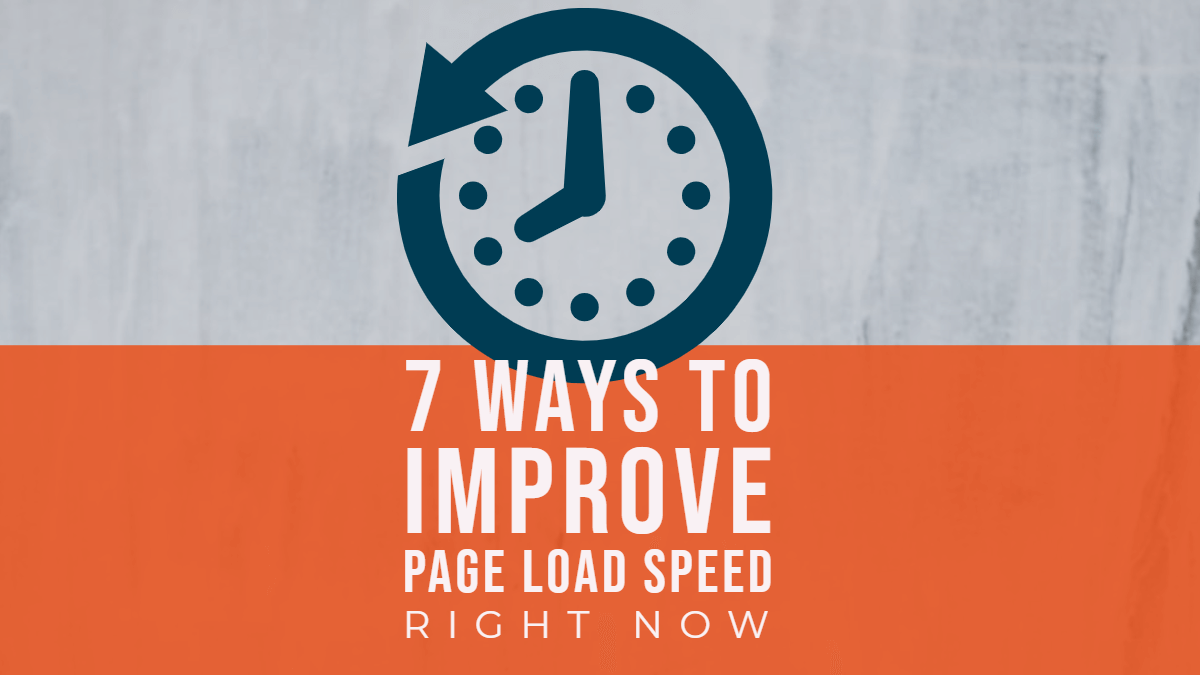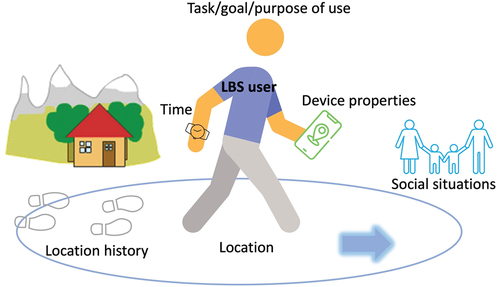
Enhancing page-load speed is crucial for improving user experience, SEO, and conversion rates. Faster websites keep users engaged and reduce bounce rates. Here are some top tips for enhancing page-load speed:
1. Optimize Images
- Compress Images: Use image compression tools like TinyPNG, JPEG-Optimizer, or ImageOptim to reduce image file sizes without significant quality loss.
- Use the Right Format: Choose efficient image formats like WebP instead of heavier formats like PNG or JPEG for better compression.
- Lazy Loading: Implement lazy loading to load images only when they are visible in the viewport, reducing initial page load time.
2. Minimize HTTP Requests
- Combine Files: Minimize HTTP requests by combining CSS, JavaScript, and image files. The fewer files a browser has to request, the faster your page will load.
- Inline Small CSS and JavaScript: Inlining small amounts of CSS or JavaScript reduces HTTP requests and improves rendering speed, particularly for critical components.
- Remove Unused Plugins: Unnecessary plugins can generate extra requests, scripts, or CSS, slowing down page load speed.
3. Enable Browser Caching
- Set Cache-Control Headers: Configure the server to store static resources in users’ browsers for a specified time. This way, returning users won’t need to download the same resources repeatedly.
- Leverage .htaccess for Caching: Use
.htaccessto set caching policies for various file types, specifying how long browsers should keep them stored.
4. Minify CSS, JavaScript, and HTML
- Minify Resources: Use tools like UglifyJS, CSSNano, or HTMLMinifier to minify CSS, JavaScript, and HTML files by removing unnecessary spaces, comments, and code.
- Use Build Tools: Tools like Webpack, Gulp, or Grunt can automate minification during the build process.
5. Use a Content Delivery Network (CDN)
- Distribute Content Globally: A CDN stores your website’s static files on servers around the globe, reducing latency and improving load speed for users no matter where they are located.
- Offload Traffic: By offloading content to a CDN, you reduce the load on your main server, improving its performance for dynamic content.
6. Reduce Server Response Time
- Choose a Reliable Hosting Provider: Opt for a hosting provider with high performance and good server response times. Consider dedicated hosting or VPS if you have high traffic, as shared hosting can be slow.
- Optimize Database Queries: Avoid slow or redundant database queries. Use caching mechanisms such as Memcached or Redis to reduce server response time for database-driven websites.
7. Enable Gzip Compression
- Compress Files: Use Gzip or Brotli to compress HTML, CSS, and JavaScript files before sending them to the user’s browser. This reduces file sizes and speeds up the transfer of resources.
- Server Configuration: Add compression rules to your server configuration (e.g.,
.htaccessfor Apache or nginx.conf for NGINX).
8. Asynchronous Loading for JavaScript
- Async and Defer Attributes: Add the
asyncordeferattribute to JavaScript files to prevent them from blocking page rendering. Async loads the script while parsing HTML, whereas defer loads scripts in order after the HTML is fully parsed. - Move JavaScript to the Bottom: Place non-critical JavaScript files at the bottom of your HTML document to prioritize rendering the page content first.
9. Use a Faster DNS Provider
- Shorten DNS Lookup Times: Choose a fast DNS provider like Cloudflare, Google Public DNS, or OpenDNS to reduce the time it takes for browsers to find your website’s IP address.
- Reduce DNS Lookups: Minimize the number of different domains used to serve your content to reduce DNS lookup times.
10. Implement Lazy Loading
- Lazy Load Images and Videos: Implement lazy loading for images, videos, and iframe content, so they are only loaded when users scroll down to them, reducing the initial load time.
- Third-Party Scripts: Lazy load non-critical third-party scripts, such as social media widgets, to prioritize more important content.
11. Use HTTP/2
- Upgrade to HTTP/2: HTTP/2 provides faster multiplexed connections and better compression, allowing the browser to load multiple resources simultaneously, significantly reducing load times.
- Check Hosting Compatibility: Ensure your server or hosting provider supports HTTP/2.
12. Reduce Redirects
- Minimize Redirect Chains: Redirects add extra time to page loading. Reduce or eliminate redirects to keep users from being delayed by redirect chains.
- Use Canonical URLs: Ensure URLs are standardized, and remove unnecessary redirects between different URL formats (e.g., www vs. non-www).
13. Optimize Web Fonts
- Use Modern Fonts: Choose web fonts that are optimized for performance, such as Google Fonts, and limit the number of font variations you use.
- Font Display Strategy: Use the
font-displayproperty to control how fonts are loaded and displayed (e.g.,font-display: swap) to prevent invisible text while fonts are loading. - Subset Fonts: Subset your fonts to include only the characters you need to reduce font size.
14. Reduce Third-Party Scripts
- Audit Third-Party Resources: Identify and remove unnecessary third-party scripts, as each can add extra load time. Only include those that are essential to your website’s functionality.
- Asynchronous Scripts: Load third-party resources, like analytics and ads, asynchronously, so they do not block rendering.
15. Optimize CSS for Above-the-Fold Content
- Inline Critical CSS: Extract and inline critical CSS for above-the-fold content to allow the browser to render the most important parts of the page faster.
- Defer Non-Essential CSS: Load non-critical CSS asynchronously to speed up the initial load time and render above-the-fold content quickly.
16. Prioritize Server Resources with Load Balancing
- Load Balancer: Use a load balancer to distribute traffic across multiple servers, especially during high-traffic periods, to prevent any single server from becoming overloaded.
- Use Caching Proxies: Use caching proxies like Varnish to offload static content delivery, which helps reduce server load and improve load speed.
17. Regularly Monitor Website Performance
- Performance Tools: Use tools like Google PageSpeed Insights, GTmetrix, Pingdom, or Lighthouse to regularly check your page performance and receive actionable recommendations for improvement.
- Real User Monitoring (RUM): Implement RUM tools to monitor real user experiences and understand which pages need speed optimization.
Summary:
Enhancing page-load speed requires a holistic approach that includes optimizing images, reducing server requests, compressing files, and using CDNs, caching, and fast DNS. Regular performance monitoring and making incremental improvements will help keep your website fast, which is essential for improving both user experience and SEO rankings.







